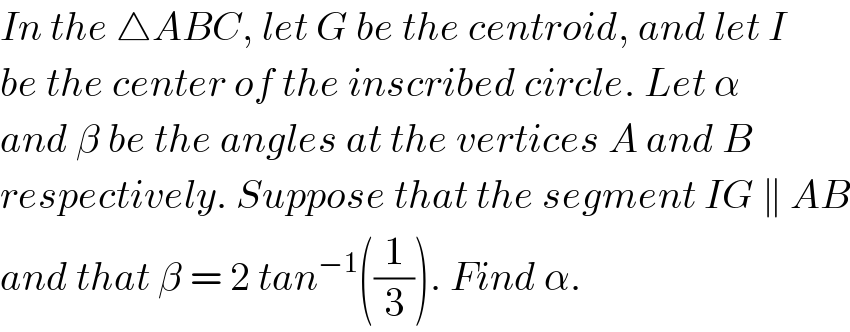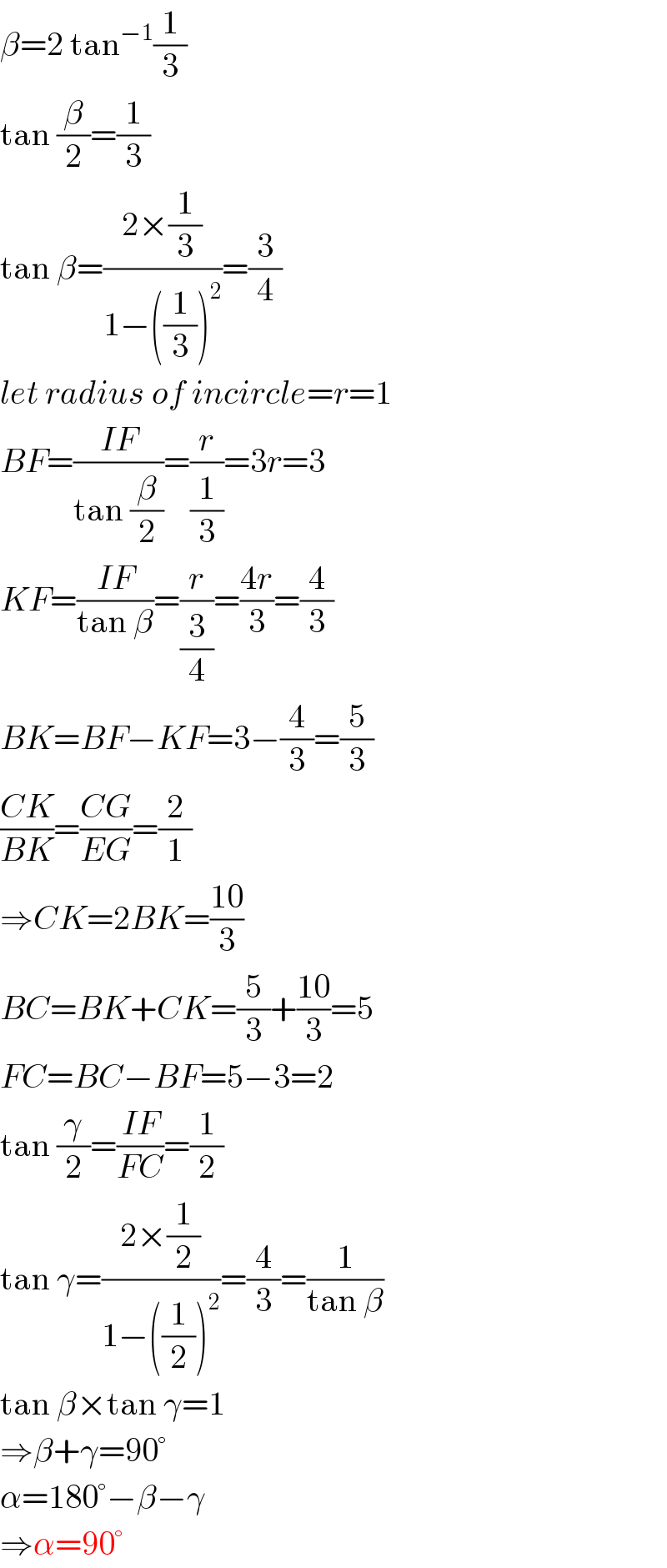
Question and Answers Forum
Question Number 82729 by TawaTawa last updated on 23/Feb/20

Commented by Kunal12588 last updated on 23/Feb/20

Commented by TawaTawa last updated on 23/Feb/20

Answered by mr W last updated on 24/Feb/20

Commented by mr W last updated on 24/Feb/20

Commented by TawaTawa last updated on 24/Feb/20

Commented by TawaTawa last updated on 24/Feb/20

Commented by mr W last updated on 24/Feb/20

Commented by mr W last updated on 24/Feb/20

Commented by TawaTawa1 last updated on 24/Feb/20

Commented by mr W last updated on 24/Feb/20

Commented by TawaTawa1 last updated on 24/Feb/20

